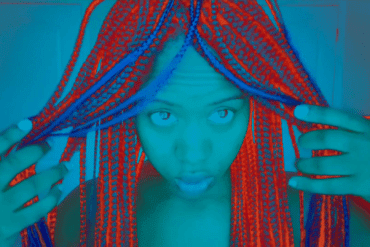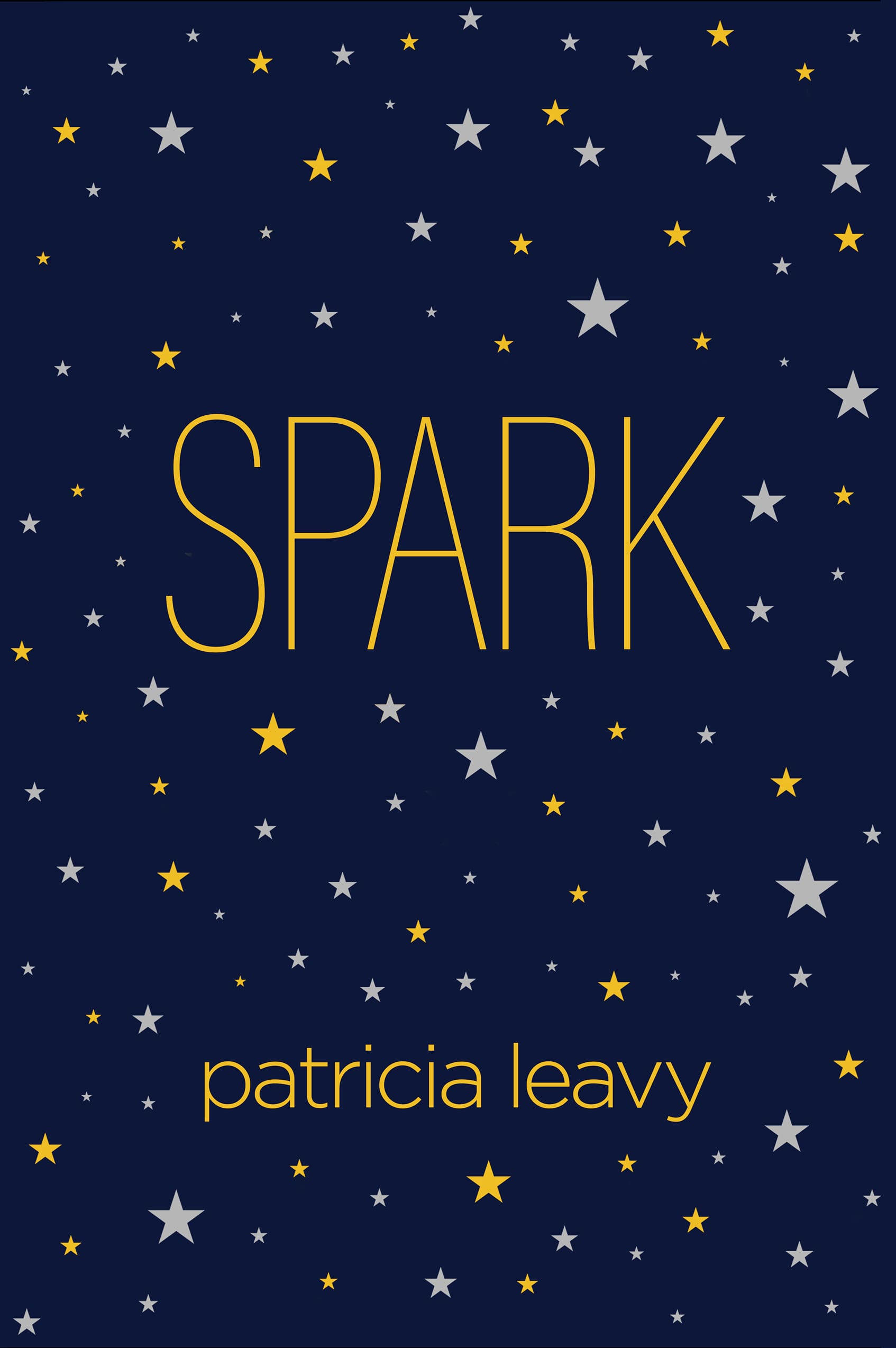Spark: A Novel and Metaphor for Interdisciplinary Research
Ash Watson
During the past two years, I have had the privilege of dedicating a good deal of my research time to a creative interdisciplinary collaboration. Learning to work with others at the intersection of art, design and sociology (as a sociologist myself), I experienced firsthand the meaning and power such collaborations can hold. Knowledge does not exist only within rigid disciplinary boundaries of practice and form. Innovation and understanding arise from the blending of diverse expertise and research approaches. Multiplicity in perspectives can bring new dimensions of social life into focus, and sew synthesis and nuance into our understandings of social issues.
My First Encounter with Spark
I carried Spark with me into this working environment. Leavy’s 2019 novel about a week-long all-inclusive Icelandic research seminar wends its way through meetings, planning sessions, excursions, debates and dinners to the heart of the paradigms and epistemological questions that structure and drive scholarly research. I first read Spark when it was out, as a recently-conferred PhD excited by the prospect of collaborative scholarship after spending a number of years writing my own novel and thinking about these questions in relative isolation.
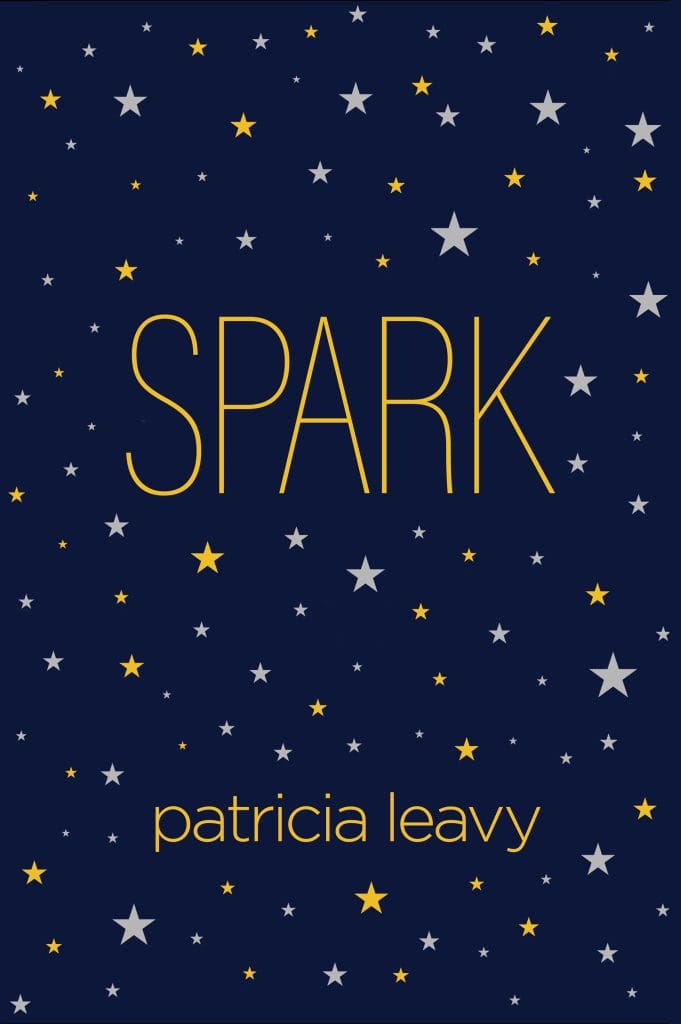
A Mirror Reality
The story of Peyton Wilde, Professor of Sociology, receiving an intriguing academic invitation and jetting off to a grand manor in a remote cinematic island-scape seemed like a dream life, a mirror reality I held in a kind of mental limbo during the years that followed my initial reading. Peyton’s was a future I aspired too but also, for a time, with everything happening in the world, was one I felt I’d lost. Like most people I worked through these years at home, on my computer – still with others, digitally connected, but distant. Something of what I experienced during this time is in Peyton’s feelings at the start of the book. A frustration, a tedium, a disillusionment, the “reverberation of a simmering anxiety” has set in in her life. And into this tense humdrum pierces her seminar invitation.
Differences that Animate Strong Social Fiction
I don’t want to spoil what is the driving hook of the novel for those who haven’t yet read it, but I think is it okay to reveal that a critical question propels Spark early on, in Chapter 2. This question augments the initial intrigue of the seminar invitation – a vague and mysterious letter commending her on her selection for a meeting of contemporary thought leaders, which we know about in retrospect. The story opens with Peyton at the arrivals gate. While she goes from the airport to Crystal Manor we relive her finding the letter amongst a pile of brochures and bills. ‘Congratulations,’ it reads,
You are among forty-nine gifted individuals worldwide that have been selected to participate in a five-day seminar in Iceland… You will spend your time here engaged in structured discussions with your colleagues, some of the greatest thinkers of our time… We can’t understate the importance of the results to emerge from this process. Your participation is vital to the success of the program…. (pp. 4-5)
The story of Peyton Wilde, Professor of Sociology, receiving an intriguing academic invitation and jetting off to a grand manor in a remote cinematic island-scape seemed like a dream life…
Knowing little other detail but carried on the current of Peyton’s mixed excitement and understandable apprehension, we soon meet the other invitees and enigmatic hosts. The program begins and differences in research approaches rub up against the kinds of differences that animate strong social fiction – differences of culture, social norms, personalities, points of view, what is familiar and what is uncomfortable, between what someone expects and what they experience. The pace of unfolding plot is well and draws together a tight cast of diverse characters. On the surface of the story, this cast of scientists, artists, philosophers and a farmer convene to examine, debate and resolve a research problem. It is within Spark’s narrative nuances that the depth and significance of their conversations and adventures emerge.
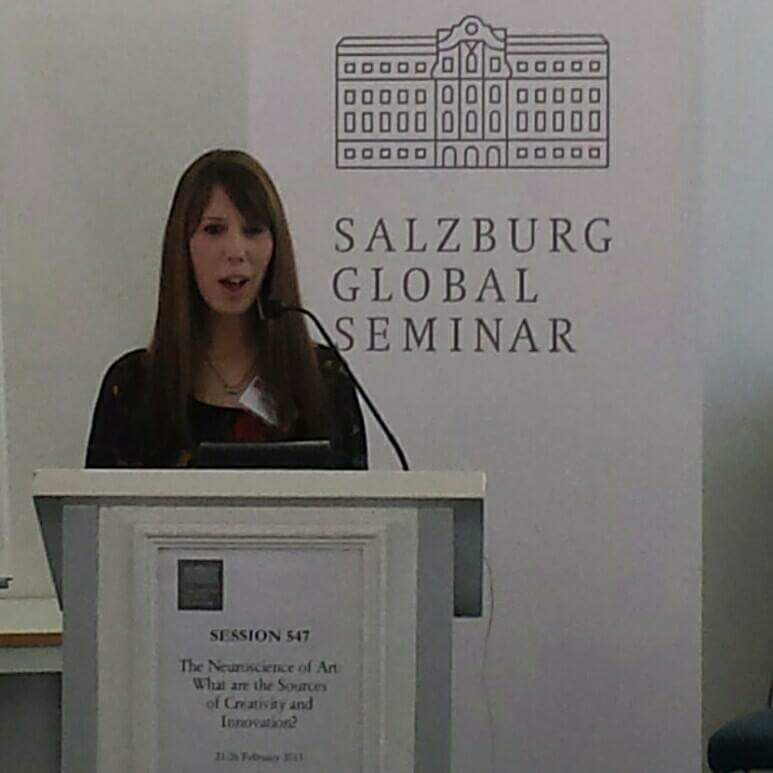
The Characters: A Multi-Perspective Approach
The majority of the novel is from Peyton’s perspective. It offers rich glimpses into her thoughts and how she makes sense of her experiences. Peyton’s disposition is well crafted for this book’s primary readership. Fascinated since girlhood with the affection connection of an audience, something that has transposed into an inclination for people-watching and a practiced eye for observation, Peyton has traits that will be familiar to social researchers and bookish types. Being a sociologist herself, such characterisation may be expected, but Leavy skillfully avoids making Peyton predictable or clichéd. Small details ensure Peyton remains a full and three-dimensional character in herself rather than a representation of sociology professors. Perhaps most importantly this includes how Peyton’s interiority is crafted with a clear sense of honesty – hers feel like real thoughts and hesitations – which infuses the story with life and clarity.
At select times, we sit on the shoulders of other characters as well. This provides some brief and valuable insight into their ‘backstage’ feelings and motivations. And it gives us another place from which we can view Peyton. This multi-perspective approach broadens the reader’s narrative and research horizons within the story. This allows us to reflect both on the problems posed by the research seminar and those that stem from Peyton’s (necessarily) limited personal and professional view.
Character Development and Material Imagery
Through the characters’ introspective reflections, Leavy sheds light on epistemological concerns and transcends the mere illustration or translation of academic concepts through their differing points of view; the narrative stands as an independent creative analysis of the implications of working across and beyond disciplinary boundaries. Leavy’s vision of this environment runs through her approach to characterisation. While the characters do discuss academic research concerns, her sense of the promise and real process of generation is crafted through the bigger ways the characters make and remake their relationships. These dives into other key characters add significant depth to the story. This engaged interiority is a signature element of Leavy’s fiction. Spark in particular offers valuable lessons for social researchers and creative writers on effective character development.
Through the characters’ introspective reflections, Leavy sheds light on epistemological concerns and transcends the mere illustration or translation of academic concepts through their differing points of view. The narrative stands as an independent creative analysis of the implications of working across and beyond disciplinary boundaries.
Given this careful development of interiority, it is interesting that the moments I found to be the most emotionally impactful rest on the careful attention Leavy gives to material details. In Spark, Leavy has elevated her nuanced and empathetic portrayal of characters to service materiality – to help us experience the spectacular in the small, mundane things of everyday life. Illustrative are the scenes with Diego, for example, an intern at the seminar company and charming minor character with whom Peyton engages in quiet throughout the week. The hidden doors, pocketed keys, quiet hallways adjacent to noisy rooms, and winding staircases serve more than mere scenic backdrops; through her exchanges with Diego, Peyton discovers the wisdom and courage necessary to overcome challenges within the group and within herself.
Leavy’s vision of this environment runs through her approach to characterisation…
One of the key strengths of social fiction is its ability to elicit emotional connection and understanding from readers. By accompanying the journeys and struggles of fictional characters, we can develop a deeper understanding of diverse perspectives and challenge our own assumptions and biases. Social fiction has the power to humanise complex issues and bridge the gap between abstract concepts and lived experiences.
A side story withing the key plotline, a love story, further exemplifies this strength. Various material elements bear the weight of emotional significance within the narrative, including a poignant scene set in Iceland’s renowned Blue Lagoon. To avoid spoiling this rich and welcome subplot, it suffices to highlight a single sentence that emerges around two-thirds into the story. ‘Dietrich was already sitting in the front row, holding a plate covered in tinfoil’ (p. 94). This line captures the profound impact which mundane objects and small actions can have in everyday life. Leavy’s fusion of character development and material imagery showcases the resonance of ordinary things in connecting human experience.
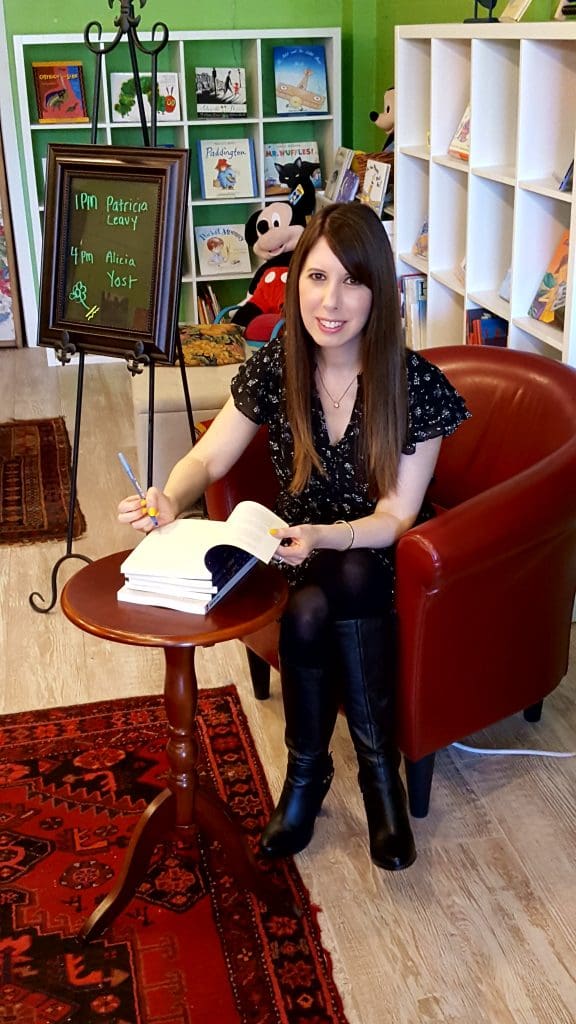
Social Fiction: A Unique and Powerful Lens
Social fiction provides a unique and powerful lens that we can use to examine and make sense of complex social issues, and a medium with which we may immerse readers in vivid narratives that breathe life into social phenomena.
Leavy’s career-long commitment to breaking ground with arts-based research is at full force in Spark. Her broad methodological expertise, combined with her contributions to feminist sociological scholarship, serves as a solid narrative foundation. The medium of fiction offers a creative and accessible platform for such knowledge dissemination. It can reach audience beyond academic circles. Thus, it allows important ideas and ways of thinking to be conveyed in an engaging and relatable manner. Through the art of storytelling, social fiction has the potential to inspire action, incite change and even foster a more informed and understanding society.
Motifs and Friction and The Spark
Recurring motifs of friction and the spark bring processes of collaboration and synergy into sharp relief. With these motifs, Leavy illuminates the very human work of cultivating synergy and creativity that is essential for generative and meaningful collaboration. These motifs are skillfully woven into the shape of scenes and through evocative metaphors, such as in the party’s ping-pong game. In such scenes, Leavy brings expert attention to the dual nature of creativity and structure within the analytical process, transcending disciplinary boundaries and showing how such processes are not the exclusive work of academics. This reflective exploration unfolds gradually throughout the novel, reaching a poetic climax in Chapter 13. It is within the conclusion of this chapter that the contribution of the novel to how we conceptualise methodological tensions is best realised.
Recurring motifs of friction and the spark bring processes of collaboration and synergy into sharp relief.
From this climactic moment to the end of the book, the story resolves itself through a scene of rooftop dialogue and an articulate summative email. These magnify the motifs of friction and the spark in ways that will strongly resonate with students. This ending, especially when coupled the additional pages of thought-provoking questions and engaging activities at the end of the book, makes Spark perfectly suited for educational purposes. The careful attention given to the significance of these motifs makes the novel ‘teaching ready.’ By artfully unravelling the intricacies of interdisciplinary research, Spark offers an immersive learning experience for students and researchers alike exploring the complexities of epistemological tensions and paradigm debates.
Stories as a Catalyst for Reflection
Social fiction has the capacity to ignite conversations and discussions about critical topics. Stories can serve as a catalyst for reflection, inviting readers to critically consider societal norms, power dynamics and inequalities. By presenting narratives that resonate with readers on an emotional level, social fiction works to encourage engagement and active participation in exploring and addressing social issues.
For those interested in incorporating fiction into their research practice, whether through writing or literary analysis, Spark stands as an exemplar of how to blend social research and fiction in a vibrant, imaginative and poetic manner. It demonstrates the possibilities of fusing these realms to create a compelling and thought-provoking narrative. Social fiction offers a valuable tool for deepening our understanding of the human experience and the social world we inhabit. Its ability to captivate, provoke and inspire makes it an invaluable medium for exploring, critiquing and envisioning a more just and inclusive society.
Social fiction has the capacity to ignite conversations and discussions about critical topics.
It also engages the responsibilities we bring to books as readers, responsibilities that extend beyond (or underlie) consumption for entertainment: to approach a story with an openness and a willingness to engage with whatever diverse perspectives we are met with. It is core to the reading experience to recognise that fiction offers a window into different experiences and worldviews.
As readers of social fiction, we are also charged with critically analysing the messages conveyed. To read is to take an active role in making meaning of and with a story. Stories have the power to shape our perceptions and beliefs. As we read we question and challenge the assumptions and worldviews presented in the narratives we encounter. By arguably have a responsibility to develop a critical stance, so that we can navigate the complexities of social fiction and embrace the richness of voices and narratives that challenge us or expand our own points of view.
Stories can serve as a catalyst for reflection, inviting readers to critically consider societal norms, power dynamics and inequalities.
As readers in scholarly communities, we also have a responsibility to engage in dialogue and discourse on various themes and issues including the disciplinary divisions explored in Spark. Sharing our thoughts, reflections and interpretations with others, and listening to others in return, promotes scholarly growth and widens our collective understanding of the world. A key way we learn the essential skills of collaboration is by reading, in being an attentive and open-minded listener. It is through conversations such as those that shape the narrative arc of Spark that we can interrogate power dynamics and work together to contribute to developing a more inclusive and equitable society.
Our Responsibility to Uplift Diverse Voices
A final key responsibility I want to note here, which is at play in Spark and one I found critical in the collaborative creative work I’ve recently been a part of, is the responsibility we have as social researchers to support and uplift diverse voices in the world. By attending to and promoting the experiences and understandings of those we aim to aid and support with our work, we can counteract inequities and promote more inclusive spaces in the worlds we work in. Spark gives us template to do this work. A template of listening, of questioning, of paying careful attention, of participating and centring creativity in ways that make something of friction, that give off sparks and create light.
References
Leavy, P. (2019). Spark. New York, NY: Guilford Press.
Author bio

Ash Watson is a research fellow with the ARC Centre of Excellence for Automated Decision-Making, based at UNSW Sydney, Australia. Her research uses creative qualitative methods to explore how people live with digital technologies and how people imagine the future. She is Fiction Editor of The Sociological Review. In this, she helms a sociological short story series. And she is the creator/editor of So Fi Zine, an independent publication for sociological flash fiction, poetry and visual art. Her debut novel Into the Sea was published in the Social Fictions Series by Brill in 2020.
Credits
Images are provided by Patricia Leavy.
Learn More
New to autoethnography? Visit What Is Autoethnography? How Can I Learn More? to learn about autoethnographic writing and expressive arts. Interested in contributing? Then, view our editorial board’s What Do Editors Look for When Reviewing Evocative Autoethnographic Work?. Accordingly, check out our Submissions page. View Our Team in order to learn about our editorial board. Please see our Work with Us page to learn about volunteering at The AutoEthnographer. Visit Scholarships to learn about our annual student scholarship competition.





